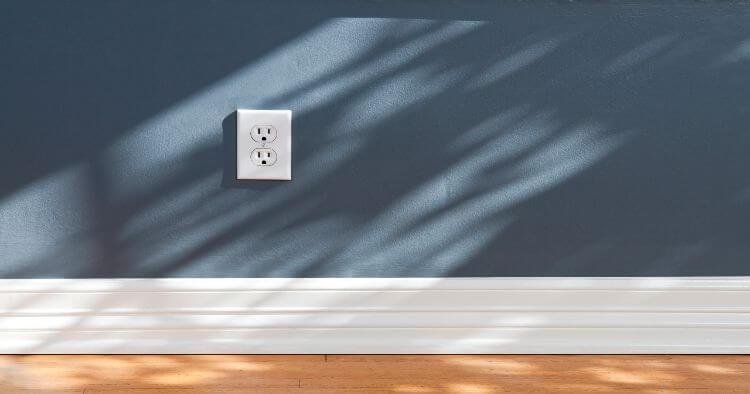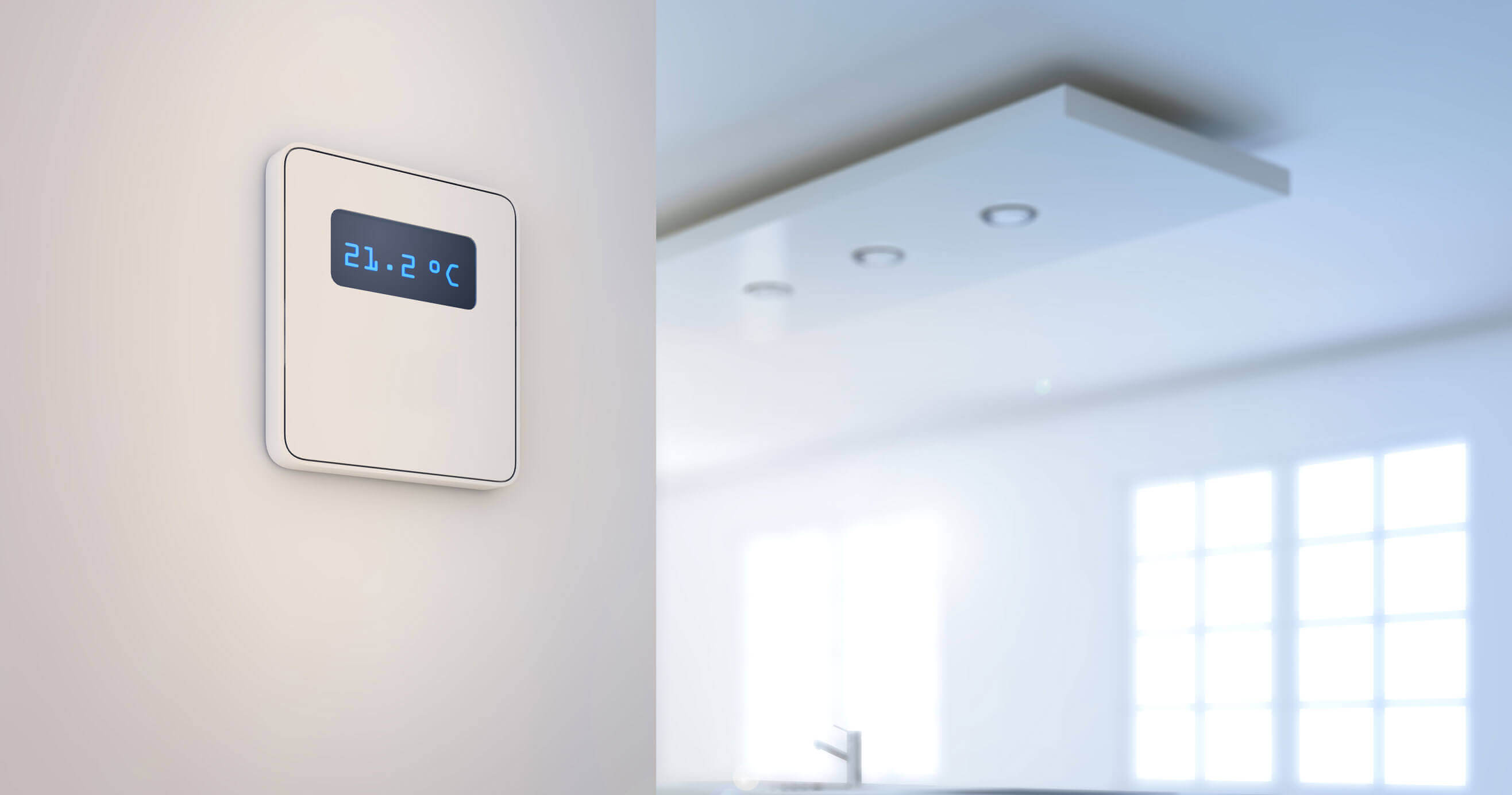Types of Electrical Outlets

Electrical outlets are something most people don’t think about on a daily basis (unless you’re an electrician or, like me, the mom of a toddler who’s obsessed with trying to plug her fingers, toys and everything else into them.)
But we all rely on electrical outlets to power our much-loved electronics (like all my Apple devices) and appliances. So, when they need replacing or upgrading due to a new-construction project, it’s time to talk the talk and walk the walk. There are several types out there that you can use in your home, so here’s our guide to help you know more:
Types of Electrical Outlets
You'll need to understand your home's wiring system before you can determine which outlets you need. Most homes have 15-amp and 20-amp outlets. The Home Depot advises referencing corresponding fuses in the main breaker panel to determine the amps.
Once you have a better understanding of the wiring, you can start shopping around. The most common electrical outlets include:
Standard 15-amp duplex:
These are the standard electrical outlets found in the majority of U.S. homes. They have a long neutral slot and shorter hot one next to each other, plus a semi-circle grounding hole for three-prong plugs.
20A:
According to Electronic Products, 20A outlets are better for devices that require additional power because they can support 25 percent more electricity than standard outlets. That’s why they're popular in kitchens, laundry rooms and garages to power substantial appliances.
Combination:
Designed with multiple features, these models often have an on-off button or light switch in addition to the standard outlet.
GFCI:
Ground fault circuit interrupter outlets can detect short circuits, faults, leaks and other hazardous occurrences. When these incidents do happen, GFCIs automatically turn off electrical flow to prevent injury and electrical fires. Many building codes require bathrooms and kitchens to have GFCIs because of the nearby water sources.
AFCI:
Arc fault receptacle outlets protect against electrical hazards that occur from arc faults, often caused by wiring damage. AFCIs may be required in areas where GFCIs are not.
Tamper-resistant:
Designed to protect children from electrical injury, tamper-resistant outlets are alternatives to plastic outlet caps in standard 15-amp and 20-amp outlets.
Weather-resistant:
Made for the outdoors, weather-resistant outlet receptacles are used on patios, decks, pool areas and other similar locations. They're available in both 15-amp and 20-amp sizes.
USB Outlets:
These wall sockets have USB ports built into the receptacle and allow users to charge devices directly from a USB cable.
Smart Outlets:
Advanced smart outlets work like traditional ones, except you can control them from your smartphone. Many require a smart home hub for proper installation. Safewise reviewed the many smart outlets available today and concludes that some of the top brands include Insteon, Etekcity, Belkin, Edimax, AVANTEK, iHome, Leviton and Bayit.
Pro tip:
Each type of outlet described above also comes in a variety of colors, metals and finishes to match your home decor.
Installing different electrical outlets
Once you choose the right outlets for your home, replacing your old ones is an easy DIY project. You'll need the following electrical tools to complete the project:
- Needle nose pliers
- Screwdriver
- Voltage tester
- New electrical outlets
Safety always comes first.
So, when you're performing any electrical DIY task, the first step is always turning off the power at the main circuit panel. Having a handheld flashlight or your phone nearby to illuminate your workspace is also always a good idea.
Collect your tools and then follow these steps to install the new outlets. Keep in mind that there are certain outlet replacement projects that may require the expert help of an electrician. These situations include upgrading outlets in older homes and warm outlets that are a potential fire hazard.
If you encounter serious issues or feel that you’ve taken on a DIY project out of your comfort zone, do not hesitate to call in a professional electrician for help.
Being prepared for electrical home repairs is always a good strategy. See how plans from HomeServe can help with the costs of covered repairs.


